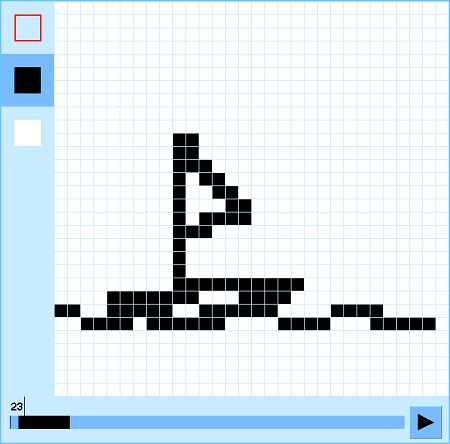On a whim, last night I rewatched the 1968 musical film “Funny Girl”, a highly revisionist take on the great vaudeville comedienne Fanny Brice. In the title role, the young Barbra Streisand won that year’s Academy Award for best actress.
Watching the film now, I was struck by something odd. While Streisand’s singing is spectacular (as always), and she is completely adorable, she’s not very funny. I mean, she’s sort of funny, but not very funny. And this in a role where she is playing a legendary comedienne.
The problem couldn’t be due to a shift in culture in the last four decades. After all, the Marx Brothers are every bit as funny now as they were almost 80 years ago. So I went to YouTube and watched every clip I could find of the actual Fanny Brice, mostly from the 1930s. And man is she funny! Her performances are completely over the top, borderline insane, fearlessly comical.
By complete coincidence, I was having lunch today with my sister, and she mentioned something Jerry Seinfeld had said about his “Seinfeld” co-star Julia Louis-Dreyfus. He pointed out that although she is a beautiful woman, she never lets any desire to look good interfere with her comedy. She’s willing to be as crazed, rubber faced or ridiculous as needed to get the laugh across. Which, he said admiringly, makes her a true comedian.
Immediately, of course, I thought of Lucille Ball, another beautiful woman who was willing to go to the mat for comedy. And it struck me that this was exactly the problem — Barbra wasn’t willing to go to that edge. In fact, she never went anywhere near it. She gave the idea of a person willing to do pratfalls, but as you watch her performance you can always see her signaling to you that it’s just an act.
Of course Barbra Streisand was fighting other battles. She was busy showing the world that a woman who looked ethnically Jewish could also be seen as very beautiful, which was a real battle back then. Similar battles have been fought in other eras over the beauty of other ethnicities — black, hispanic, greek, italian and, in its day, almost any other “outsider” culture. And it’s not just women — Al Pacino fought this battle as well (see the history of the casting of “The Godfather”). So maybe the stakes were too high for Barbra to go to the mat for mere comedy.
But Brice was not interested in fighting for beauty, and she never portrayed herself as one. Beauty, in our society, can itself be a kind of prison. Free of that prison, Brice was free to express herself without restriction, and to be a great comic genius.

